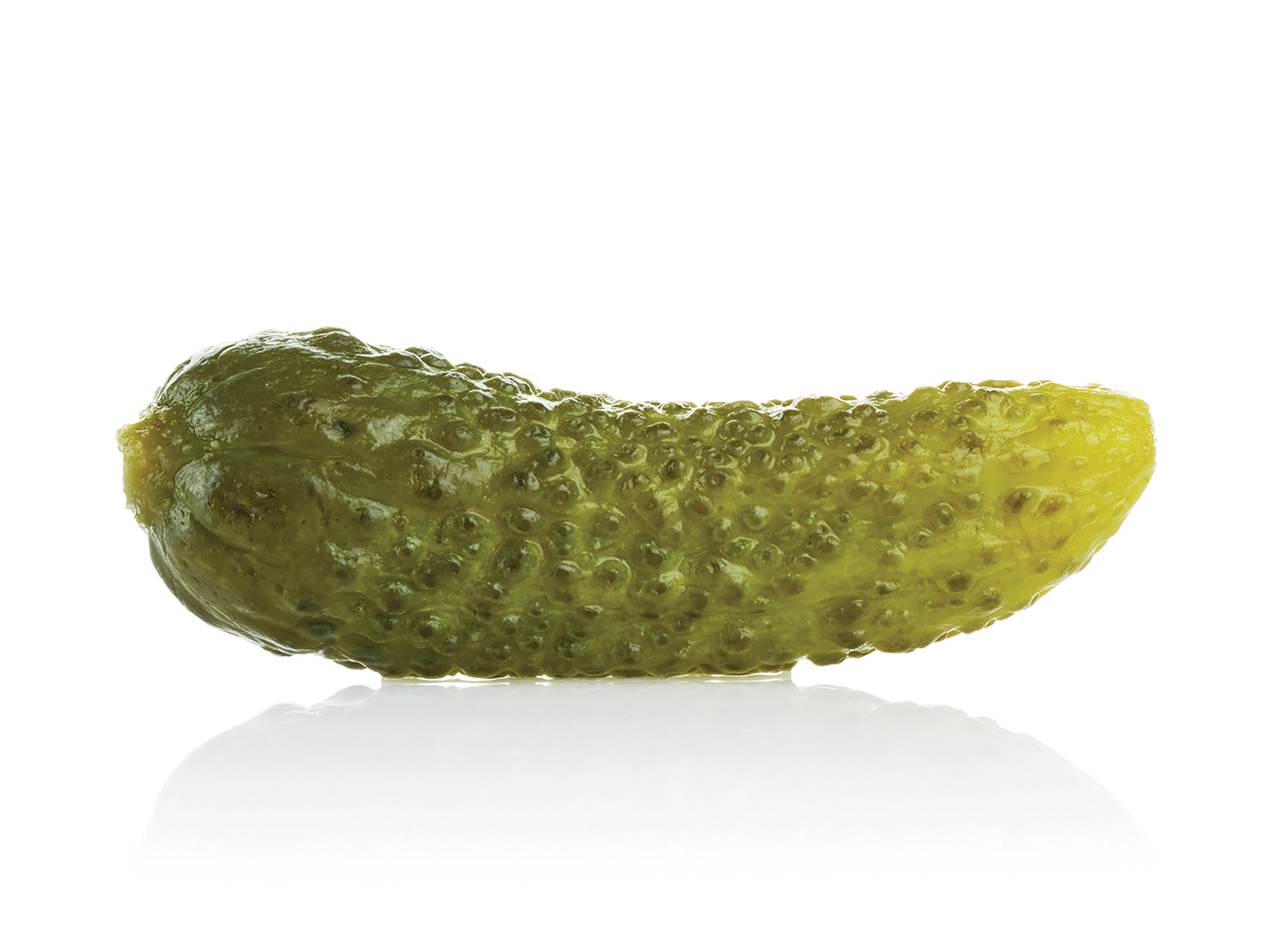Some of the primary candidates for being labeled "Junk DNA" have been the highly repetitive regions of the genome that, after years of study, seemed to have no discernable function despite the fact they were found to be actively copied (transcribed) into RNA. However, new research has shown that the RNAs encoded by these regions are key players in promoting genome stability and function.1
Scientists first realized that some long non-coding RNA molecules (that don’t code for a protein) could specifically spread across chromosomes and modify their function during their study of the Xist gene (X inactive-specific transcript) which is located on the X chromosome.2 In the cells of female mammals, one of the X chromosomes becomes inactivated by transcripts produced from the Xist gene that literally coats the chromosome in a blanket of Xist RNAs.
But what about the rest of the genome? Do other chromosomes produce long RNAs that specifically coat them and perform some sort of broad chromosomal purpose? The answer is yes, and the DNA sequences that produce these RNAs were once considered the top candidates for "Junk DNA." As it turns out, they are not junk at all, but indispensable features in engineering the functional matrix of chromosomes.
Early in the study of DNA, scientists recognized a large fraction of the genome they labeled COT-1, which was full of highly repetitive elements (simple DNA sequences repeated over and over). Now research is showing that a majority of the genome is transcribed (copied into RNA), including this COT-1 fraction—whose function was previously unknown.3,4
In this recent study, it was shown that these COT-1 RNA molecules are literally painted across the functionally active regions of chromosomes—called euchromatin.1 Hence, these molecules are called "euchromatin-associated RNAs" or ecRNAs. In contrast to the Xist RNAs that shut down chromosome activity, these ecRNAs do exactly the opposite: they promote an active local environment of genetic functionality. In simplest terms, they help create an RNA matrix surrounding the chromosomes that promotes gene functionality.
Amazingly, these ecRNAs persist in experiments when the chromosomes are destroyed. Clearly they are very stable and an important part of the chromosomal matrix in the cell nucleus. In fact, when the ecRNAs themselves were destroyed with an enzyme called RNase, the chromosomes rapidly condensed and collapsed. If it were not for the presence of the ecRNAs, chromosome stability and function would not even be possible!
While nearly all the other types of former "Junk DNA" have been debunked, this most recent study is truly the icing on the cake. The seemingly most scientifically neglected and scoffed at sequences in the genome are now appearing to be the key elements involved in constructing the functional matrix that allows chromosomes to operate.
References
- Hall, L.L. et al. 2014. Stable C0T-1 Repeat RNA Is Abundant and Is Associated with Euchromatic Interphase Chromosomes. Cell. 156 (5): 907–919.
- Sado, T. and N. Brockdorff. 2013. Advances in understanding chromosome silencing by the long non-coding RNA Xist. Philosophical Transactions of the Royal Society B. 2013, 368 (1609): 20110325.
- Djebali, S. et al. 2012. Landscape of Transcription in Human Cells. Nature. 489 (7414): 101-108.
- Hangauer, M. J., I. W. Vaughn, and M. T. McManus. 2013. Pervasive Transcription of the Human Genome Produces Thousands of Previously Unidentified Long Intergenic Noncoding RNAs. PLoS Genetics. 9 (6): e1003569.
*Dr. Tomkins is Research Associate at the Institute for Creation Research and received his Ph.D. in genetics from Clemson University.
Article posted on April 14, 2014.
















